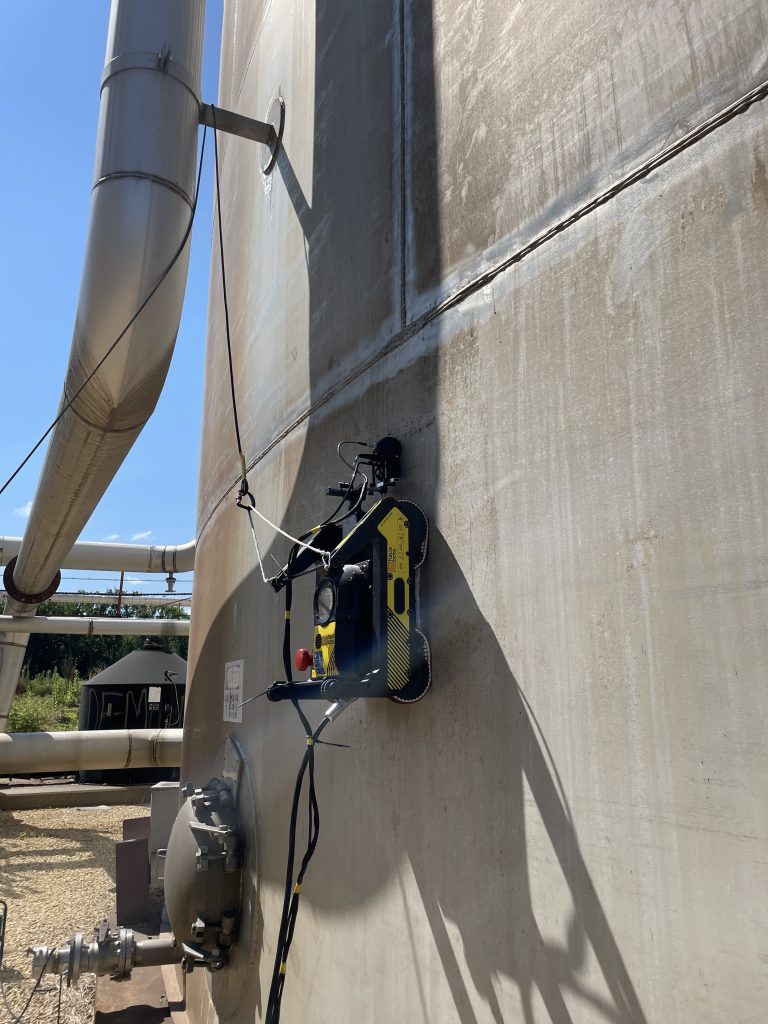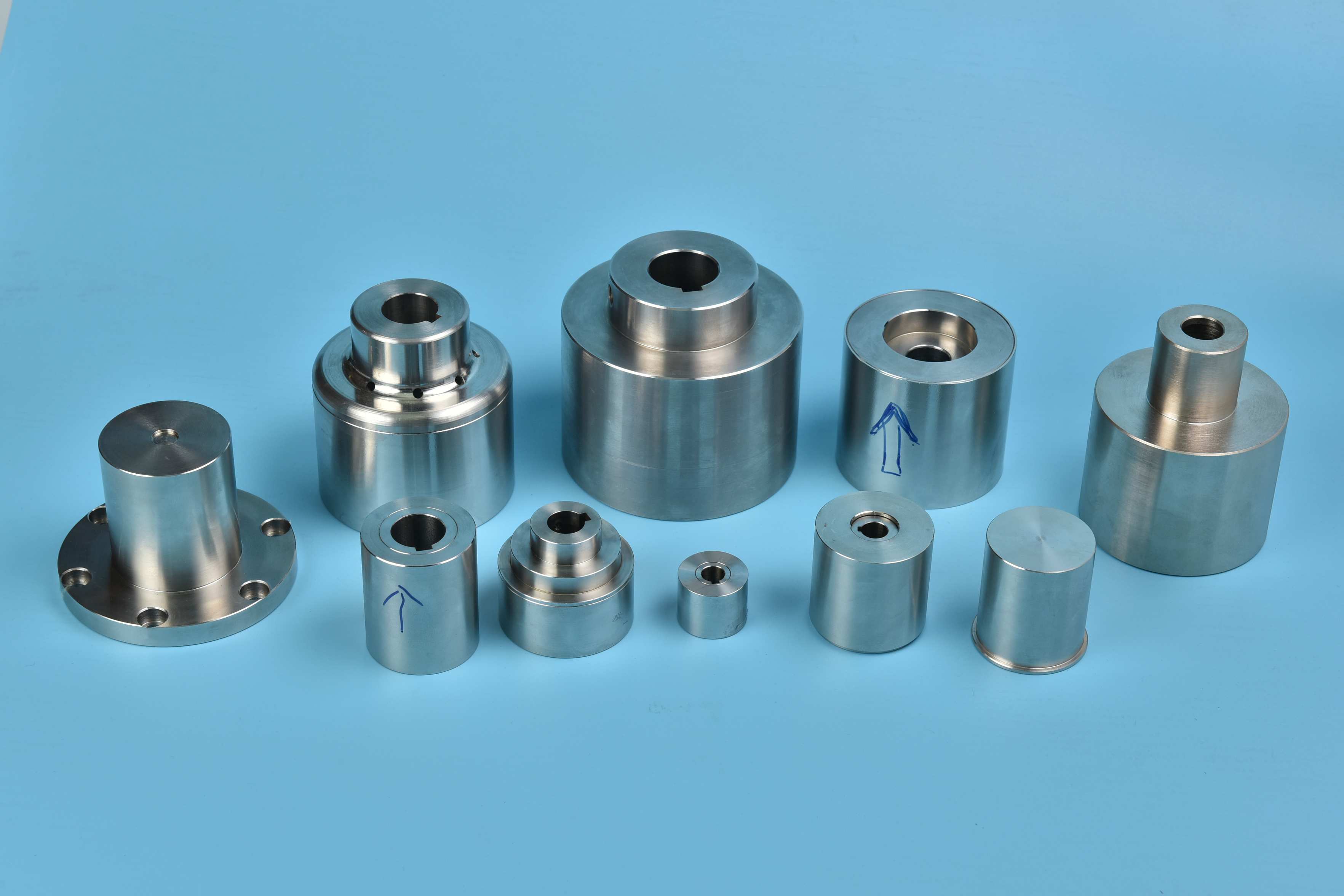
How Magnetic Wheels Achieve Millimeter Precision on Curved Surfaces?
![]() :2025-07-23
:2025-07-23
![]() :281
:281
How Magnetic Wheels Achieve Millimeter Precision on Curved Surfaces?
The greatest limitation of current climbing robots isn't their strength or endurance - it's their inability to maintain consistent contact with complex curved surfaces. Standard magnetic wheels either grip too rigidly on curved pipelines (causing jerky movement) or too loosely (risking detachment). This limitation has kept robots off some of industry's most critical infrastructure - until the advent of adaptive magnetic wheels.
Our breakthrough lies in a three-layer compliance system that gives magnetic wheels unprecedented articulation:
1. A flexible neodymium matrix that bends to match surface contours
2. Hydraulic dampers that smooth out irregularities
3. Real-time lidar mapping that adjusts magnetic force sector-by-sector
The precision is astonishing. In tests on aircraft fuel tanks, our wheels maintained contact within 0.8mm of ideal positioning across complex compound curves - outperforming human technicians' 3mm average variance. A German automaker using these wheels reports 99.7% inspection coverage on curved car body panels, compared to 82% with previous systems.
Perhaps most impressively, these wheels can transition seamlessly between surfaces with radically different curvatures - like moving from a ship's flat hull to its rounded bow - without recalibration. For industries dealing with complex geometries, this isn't just an upgrade - it's the key to unlocking robotic inspections where they were previously impossible.


 chenwanshu8@gmail.com
chenwanshu8@gmail.com  Huakai Square, Nancheng Street, Dongguan City, Guangdong Province
Huakai Square, Nancheng Street, Dongguan City, Guangdong Province  61 Wangsha Road, Hongmei Town, Dongguan City, Guangdong Province
61 Wangsha Road, Hongmei Town, Dongguan City, Guangdong Province





 +86 136 6287 1206
+86 136 6287 1206

